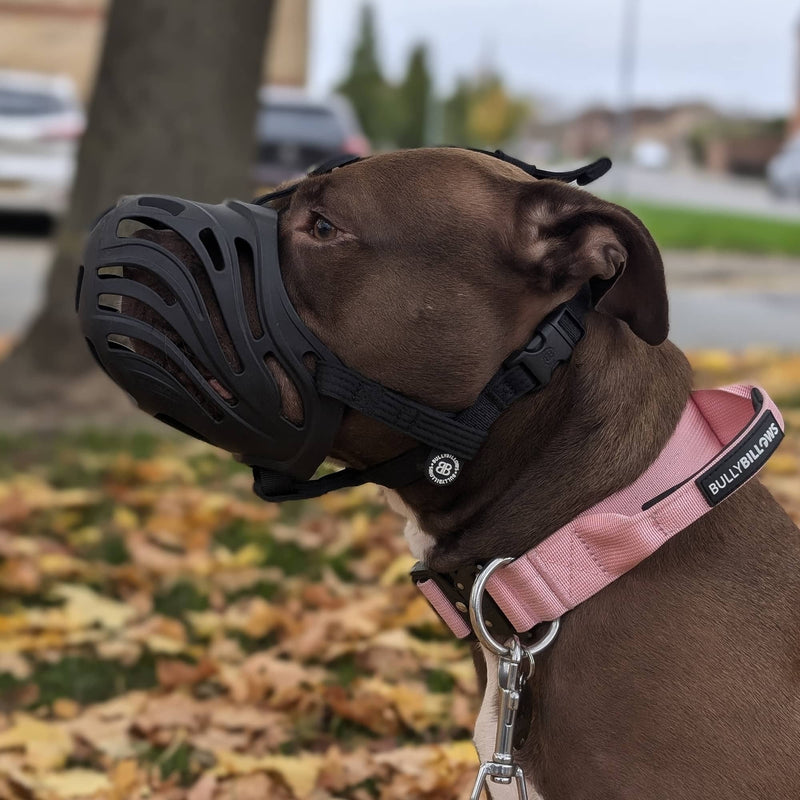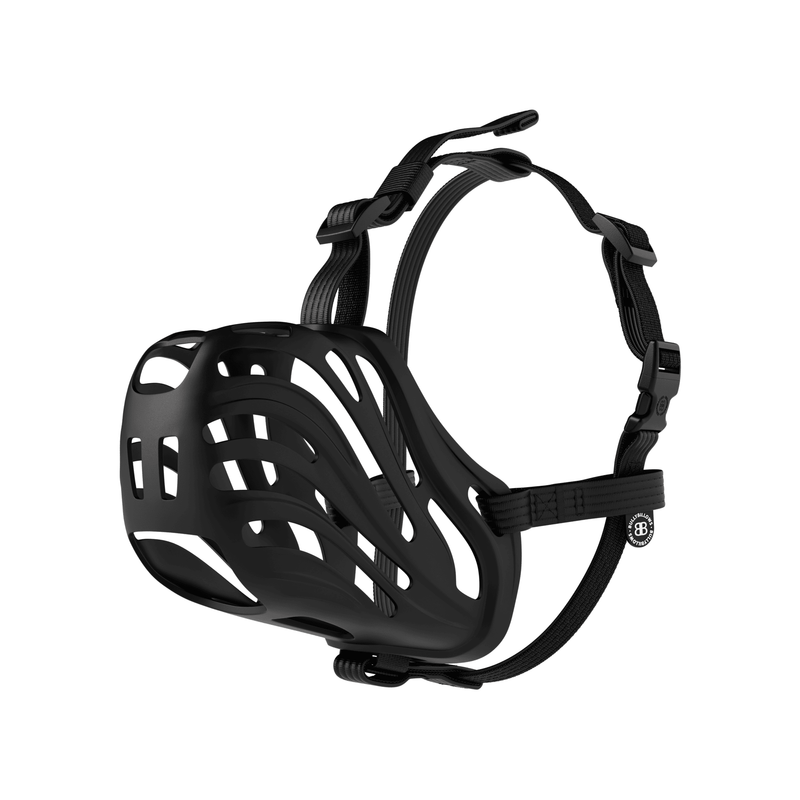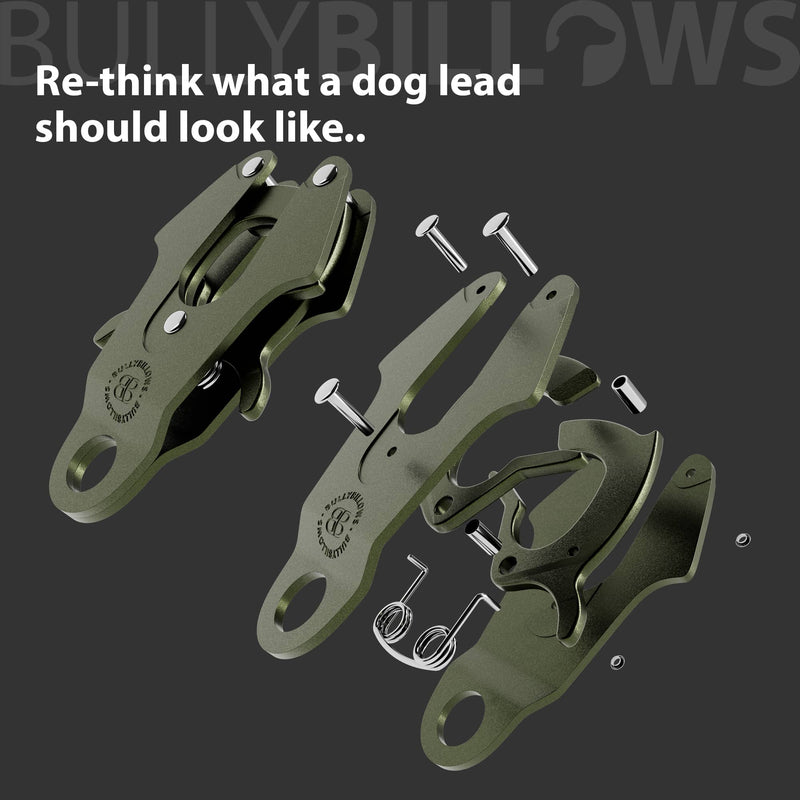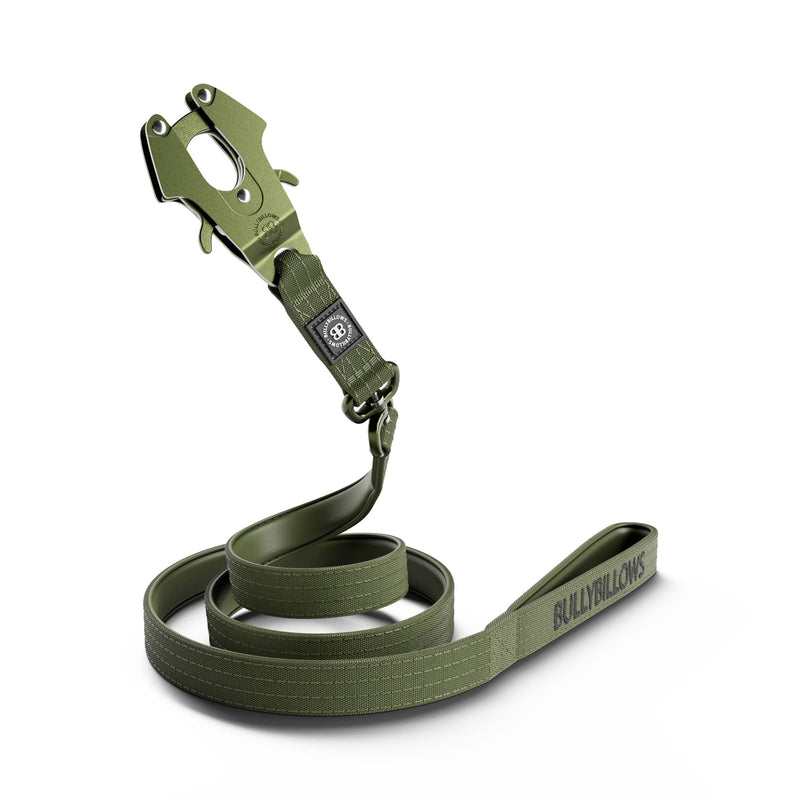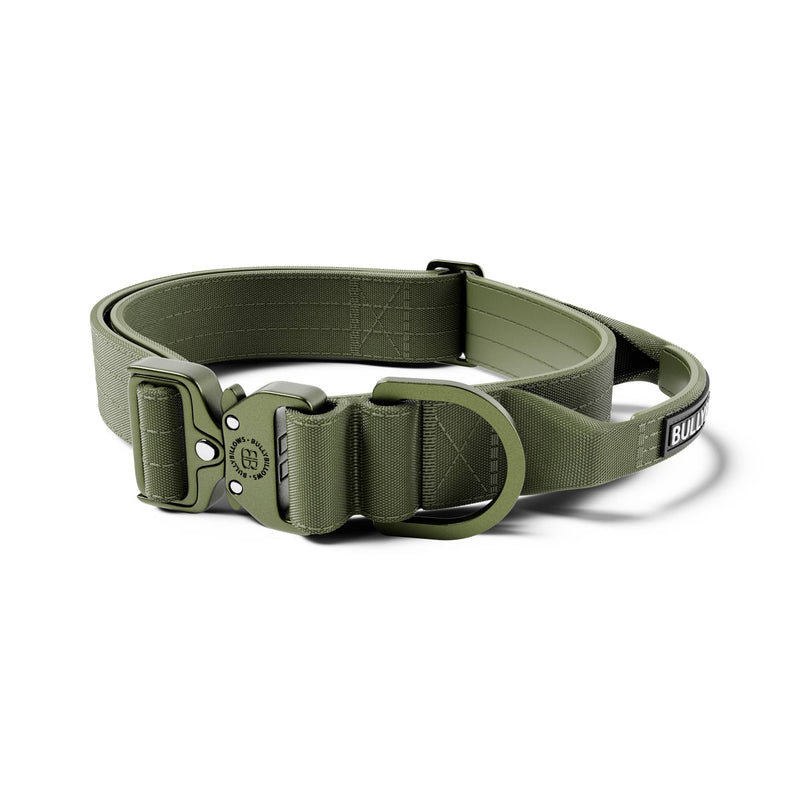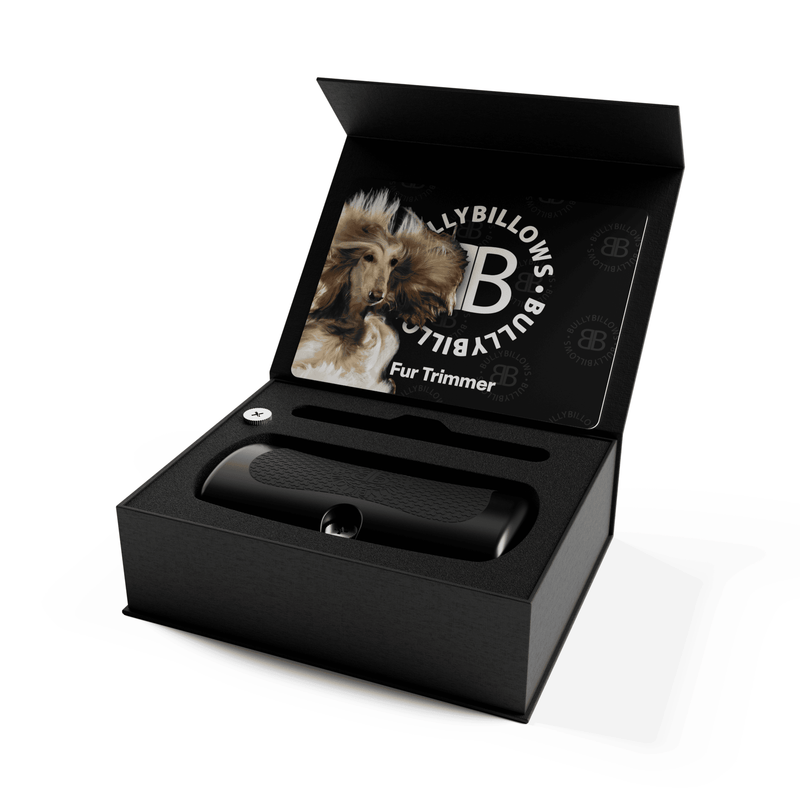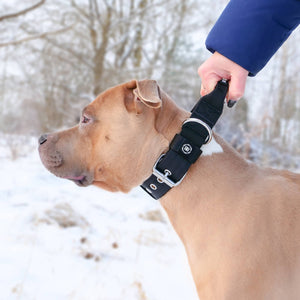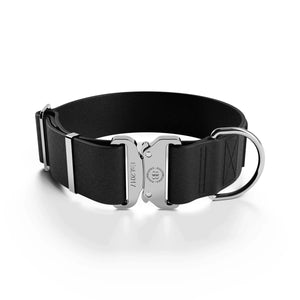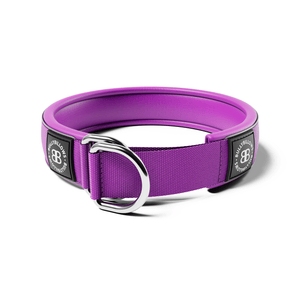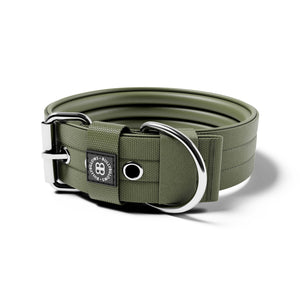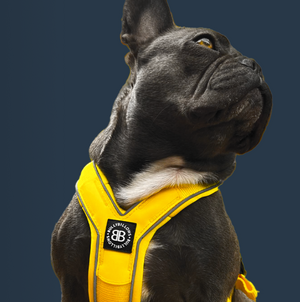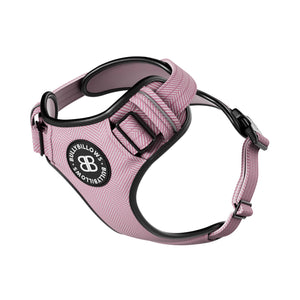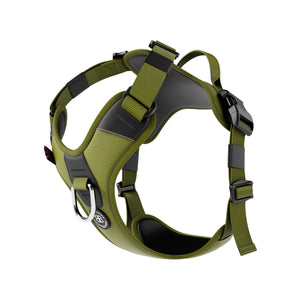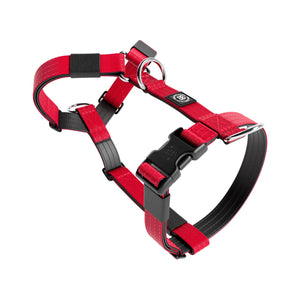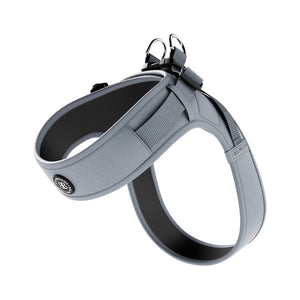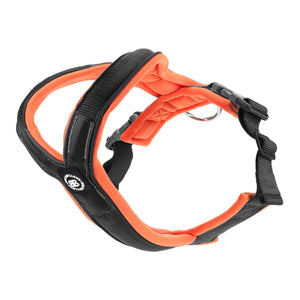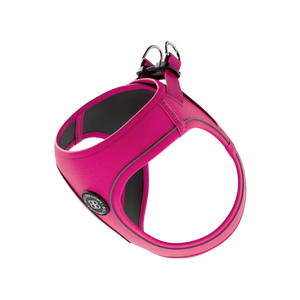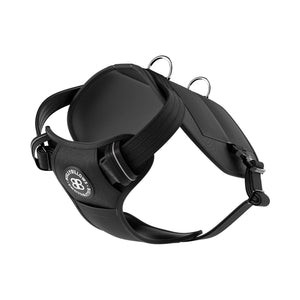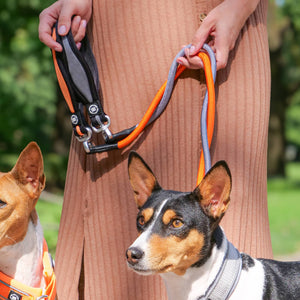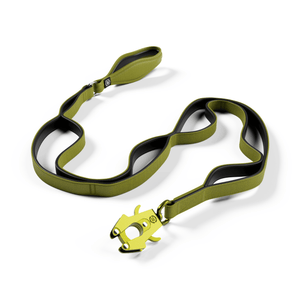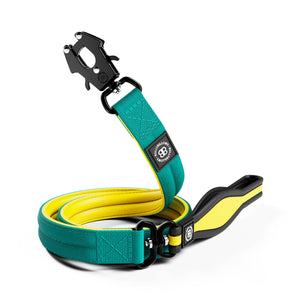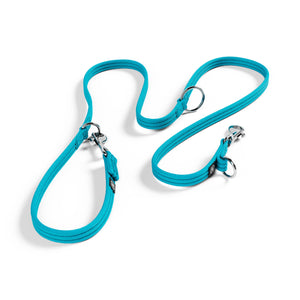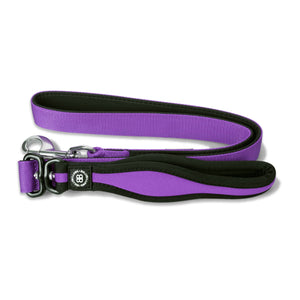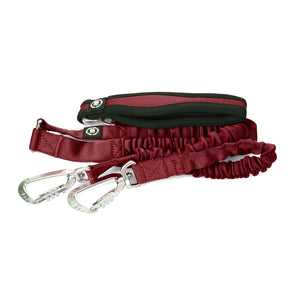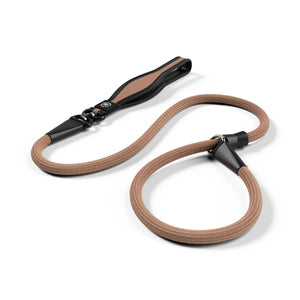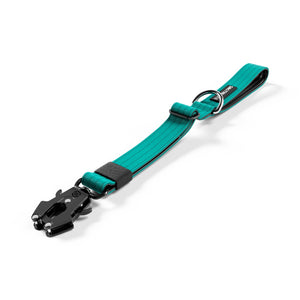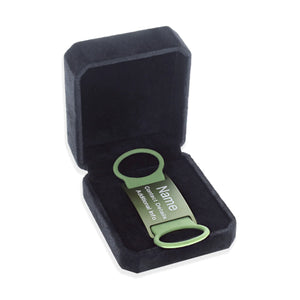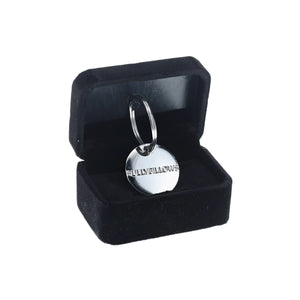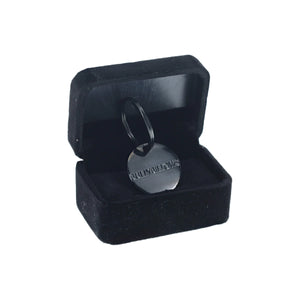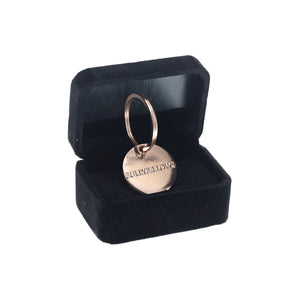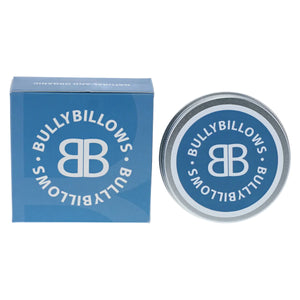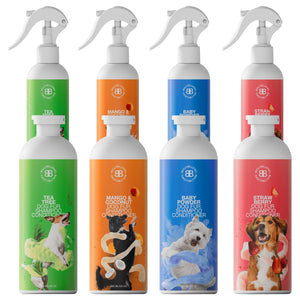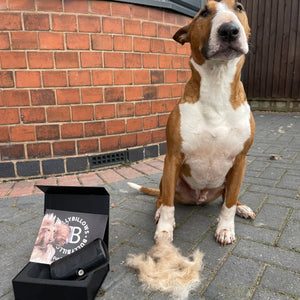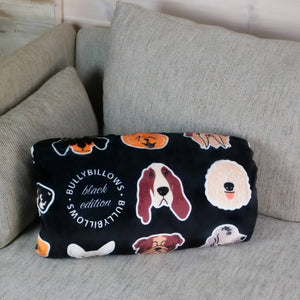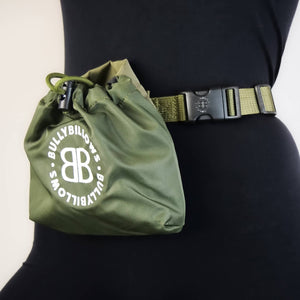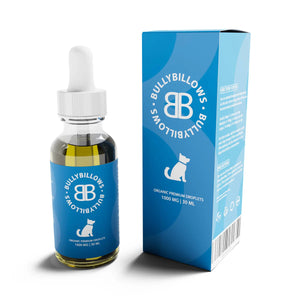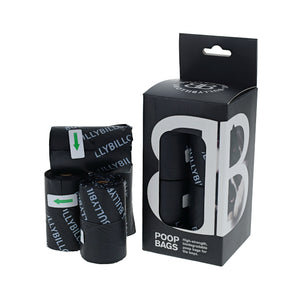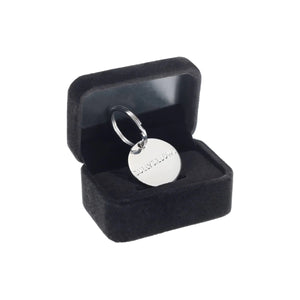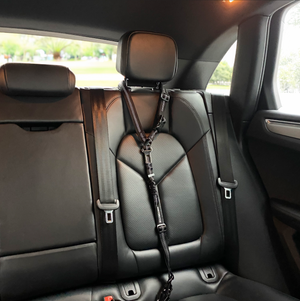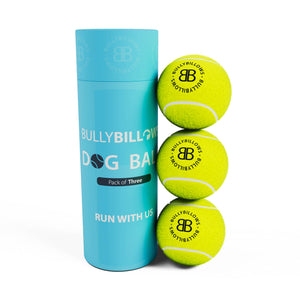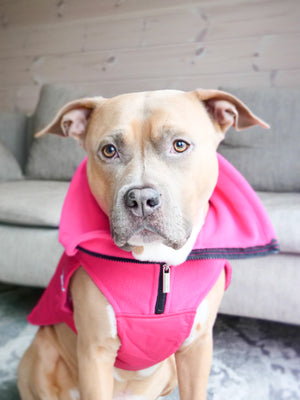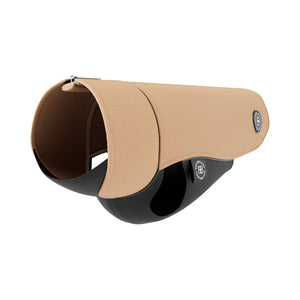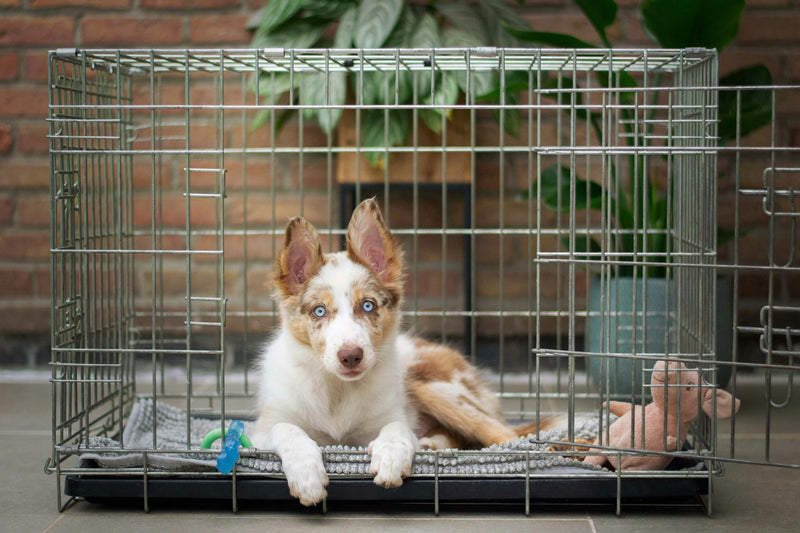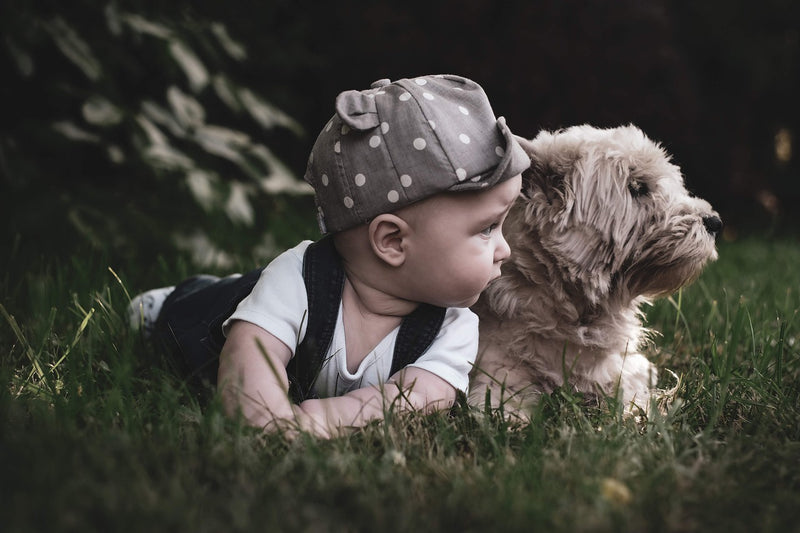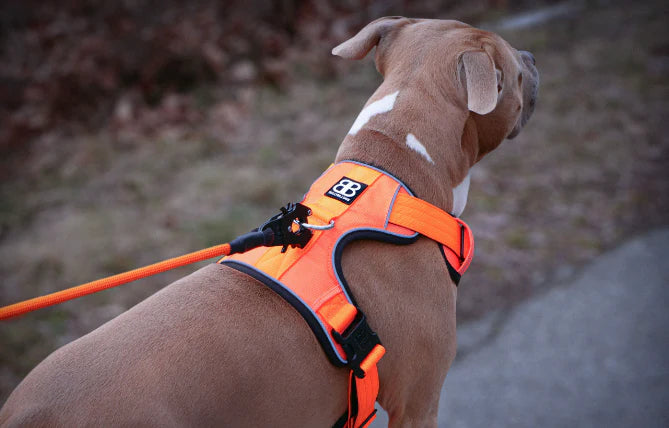Here at BullyBillows, we know that a well-trained dog is a happy dog, and crate training is a crucial part of that journey. This is why we have put together this helpful guide to crate training your dog or puppy.
Before crate training, people often ask, “should I crate train my dog when they are a puppy?” And the answer isn’t completely simple. Training, in any form, is important from puppy-hood to a dog’s older years. However, their is an element of difficulty when it comes to teaching an old dog new tricks.
Due to this, we recommend you crate train your dog from the age of eight weeks old. Which is pretty much as soon as they arrive home with you. This way, they know no different, and their crate will be their happy place.
However, we understand that sometimes life simply doesn’t work like that. If your dog is older and you want to crate-train them, this shouldn’t stop you. We just recommend that you approach the training period with patience, as it could take them longer to adjust.
Remember, crate training isn't just about getting your dog in the crate. It's about building trust and ensuring your dog feels safe and secure. With patience and consistency, you'll both reap the rewards of a well-trained, happy pup.
Benefits of crate training
- A safe place for your dog to retreat to.
Training your dog to be comfortable in a crate can teach them how to relax and settle down. This is especially handy when you have guests over or need some quiet time.
- Help lower the risk of destructive behaviour.
By using a crate, you can prevent them from chewing up your belongings or tearing apart your couch. If your dog is showing destructive behaviour, read our guide: How To Train Your Dog With Positive Reinforcement.
- Help with pet professionals.
If your dog is properly crate trained, they will naturally feel comfortable in their crate. This means they will feel comfortable if and when they need to visit professionals for services such as a veterinarian, groomers, or a boarders.
Step-by-step guide to crate training a dog
Now, let’s get into the steps you need to take to make sure your dog is crate trained in the best way possible.
Prepare the crate
Put their favourite blankets and toys in the crate so they smell familiar when they first enter it. Make sure it’s in a space in the house where they will feel comfortable. Don’t put the crate near somewhere with high footfall or somewhere noisy. Also, ensure that the crate is in a position where the temperature doesn’t drop too low or get to an uncomfortable height.
Introduce your dog to their new crate
When introducing your dog to their new crate, start slow. Gradually increase the time your dog spends in the crate. Start with short periods and work your way up. Your pup will be very anxious when they first approach crate training. So be patient and take your time. Sit with them while they are in the crate, soothing them. This will reassure them that the crate does not need to be a scary place.
Feed your dog their meals in their crate
A dog’s favourite time of the day! Dinner time! If you feed your dog their meals in their crate, they will have a very positive association with the crate. This will help the adjust.
Crate time while you are home
Once you have introduced your dog to their crate and they have started having their meals in it, start putting them in their crate and closing the door. Do this while you are nearby. Make sure they settle in their crate before you leave them in it alone.
It is recommended that when crate training, you begin in periods of 10 minutes, then 15, then 30 minutes. Once they are comfortable at the 30 minute mark – you should attempt to put them in their crate for when you plan on leaving the house.
And finally, put them in the crate to leave the house
Now your dog is comfortable in their new crate, it's time to leave them alone. Give them a treat and make sure they have all their comforters. Blankets, toys and treats are usually the favourites at this stage.
Once your dog has gone in their crate and has their treats, keep your goodbye simple. Don’t make it an emotional situation. Your dog will likely pick up on your emotions so you don’t want them to feel stressed of anxious.
Crate training advice
Although we can see the clear benefits of crate training, we must emphasise that a dog should not be left in their crate for too long. Just because your dog is crate trained does not mean they should spend extended periods of time in the crate.
Remember, the crate is there to protect themselves, your belongings, and give them a safe space. A crate should not be used as a prison for a dog. Speak with your vet about how long your pup should be in a crate for. Some, can be in a crate longer than others. This will depend on their age, temperament and breed.
Get the best accessories for dogs with BullyBillows
We stock all the best Dog Leads, Dog Collars, and more dog accessories, from Dog Walking Bags to comfortable Safety Muzzles.
For more news, advice and product-buying guides check out the rest of our Dog Blog…
Dog & Puppy Dental Care Guide | Dog Grooming and Care Guide | Tips for Preventing Fleas and Ticks on Dogs

